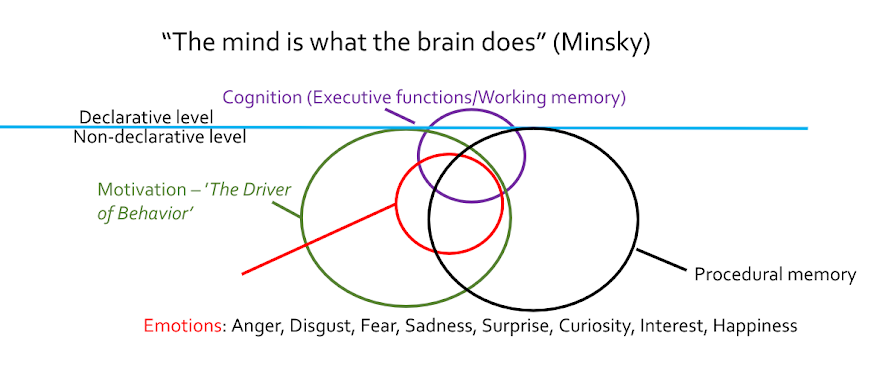Please support the blog via Swish (Sweden), MobilePay (Finland) or Wise.
Most things in Finland are just great, but at the same time, there are some issues.
During April 2022, staff at the Helsingfors police department said that Finnish women' relational aggressiveness (psychological violence) (Crick and Grotpeter, 1995; Hyde, 2005) is a big problem (I actually think they said the biggest problem).
A month later, a director from the the ministry of education and culture said that what we know about PISA is wrong, too many Finnish children fail reading comprehension and numeracy - the ability to understand, reason with, and to apply simple numerical concepts. The latter is the foundation for rational thinking.
Later that year, Finlands largest Swedish-speaking tabloid Hufvudstadsbladet reported that Finland as a country hasn't made any money for the past fifteen years.
During spring of 2023, researchers from Helsingfors city said that Swedish speaking Finns have better health and live longer.
Researchers from Åbo academy made the same claim later that year.
In August 2023, Helsingin Sanomat reported that the research at the University of Helsingfors, and I quote, has collapsed.
Public organizations KELA and THL, reported that physical and mental health in Finland has been in decline since 2010 (Helsingin Sanomat, 2023).
On top of that, politicians 'en masse' call for entrepreneurial thinking. Taken together, there's a lot of stuff that has to be taken care of.
Key concepts to improve entrepreneurial thinking are for example open-mindedness, and cognitive flexibility which are part of something called the executive functions (Ardila, 2008; Barkley, 2001; Coolidge and Wynn, 2018; Diamond, 2013).
Can dancing improve open-mindedness, cognitive flexibility, and eventually improve (facilitate) mental health, school performance, creativity, and entrepreneurial thinking?
It turns out that dancing plays a central role in human society. Most animals dance, but our species do it for specific reasons.
“Rhythmic synchronization of behavior - Dance. Humans are social innovators. It assumes that you can get along with individuals whose world of imagination deviates from your own ditto. This is called entrainment – rhythmic synchronization of behavior. The conditions for following a rhythm were already established 6 million years ago. But human entrainment is special in that it is conditioned by social cognition (Hattori, & Tomonaga, 2019; Ravignani & Cook, 2016). Entrainment is manifested through universal characteristics of our species - dance and music (Mehr et al. 2019).But dancing is also something that occurs in the human mind, sometimes called a generative dance between declarative and non-declarative memory instances for the purpose of forming scenarios forward in time (Cook and Brown, 1999; Gilbert and Wilson, 2007).
Dance is not performed in isolation but as part of a more complex ritualistic activity. Rituals and ceremonies are elaborate events, with a complex set of actions, involving talking (praying, blessing, storytelling), eating (drinking, feasting), physical gestures (clapping hands, placing hands on others' heads) and movement (dancing, move in procession, circulate) (Garfinkel, 2010, p. 212).
Laland et al. (2016) suggest that dance arose as an unintended byproduct of mimicking other sounds and behavior. Human dancing, which differs from the behavior of other animals, may therefore have started when our ancestors changed their foraging behavior to striking stones on the bones of large dead animals to access nutritious bone marrow (Thompson et al. 2019).
Think for yourself that you are sitting with others and hitting a stone on a leg or something. It is reminiscent of percussion. And activities undertaken together tend to synchronize.
Moving rhythmically together gives rise to the release of endorphins, which gives rise to well-being. It binds people together, mitigates conflict, and influences mutual liking and group cohesion (Heyes, 2013; Tarr, Launay & Dunbar, 2014). The purpose of dance is to create a special state that symbolizes a certain message (Morley, 2009). However, Clark & Crisp (1983) believe that dance was originally an ethnic marker of group affiliation that relatively recently took on a communicative role in conveying religious myths. Studies on adults show that dance, especially improvised dance, affects openness to change and creativity, i.e. entrepreneurial thinking; those who danced improvised were better at generating ideas compared to those who danced according to choreography (Fink & Woschnjak, S. (2011). Österberg & Köping Olsson (2021) show that three minutes of dance is enough to influence openness to change for the generation of ideas, i.e. the basis of entrepreneurial thinking” (Österberg, 2021, p. 25, translated from Swedish)
Ergo. Dancing can improve open-mindedness, cognitive flexibility, and eventually improve (facilitate) mental health, school performance, creativity, and entrepreneurial thinking.
Also visit: An introduction to Peter Österberg, Ph.D.
Please support the blog via Swish (Sweden), MobilePay (Finland) or Wise.
More about my expertise:
Executive coaching for CEOs/managers and workshops to facilitate Organizational Performance, Learning, and Creativity for Problem Solving | Lectures: Nutrition for physical and mental health | Course/lecture: children's emotional and social adjustment and cognitive development | Language training - Swedish | Academy Competency | CV | Teaching skills and experience | Summary of research project | Instagram | Linkedin | YouTube-channel | TikTok | Twitter


No comments:
Post a Comment